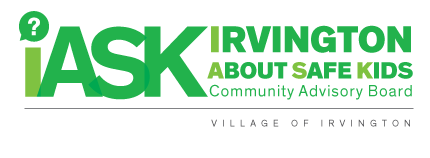Since its beginning in 1985, the Red Ribbon has touched the lives of millions of people around the world. In response to the murder of DEA Agent Enrique Camarena, angered parents and youth in communities across the country began wearing Red Ribbons as a symbol of their commitment to raise awareness of the killing and destruction cause by drugs in America.
In honor of Camarena’s memory and his battle against illegal drugs, friends and neighbors began to wear red badges of satin. Parents, sick of the destruction of alcohol and other drugs, had begun forming coalitions, like iASK. Some of these new coalitions took Camarena as their model and embraced his belief that one person can make a difference. These coalitions also adopted the symbol of Camarena’s memory, the red ribbon.Today, the Red Ribbon serves as a catalyst to mobilize communities to educate youth and encourage participation in drug prevention activities. Since that time, the campaign has reached millions of U.S. children and families.
Take the National Red Ribbon Campaign Pledge now and be a part of the creation of a drug free America.
- As parents and citizens, we will talk to our children and the children in our lives about the dangers of drug abuse.
- We will set clear rules for our children about not using drugs.
- We will set a good example for our children by not using illegal drugs or medicine without a prescription.
- We will monitor our children’s behavior and enforce appropriate consequences, so that our rules are respected.
- We will encourage family and friends to follow the same guidelines to keep children safe from substance abuse.
I PLEDGE TO SET GUIDELINES TO HELP CHILDREN GROW UP SAFE, HEALTHY AND DRUG-FREE.





